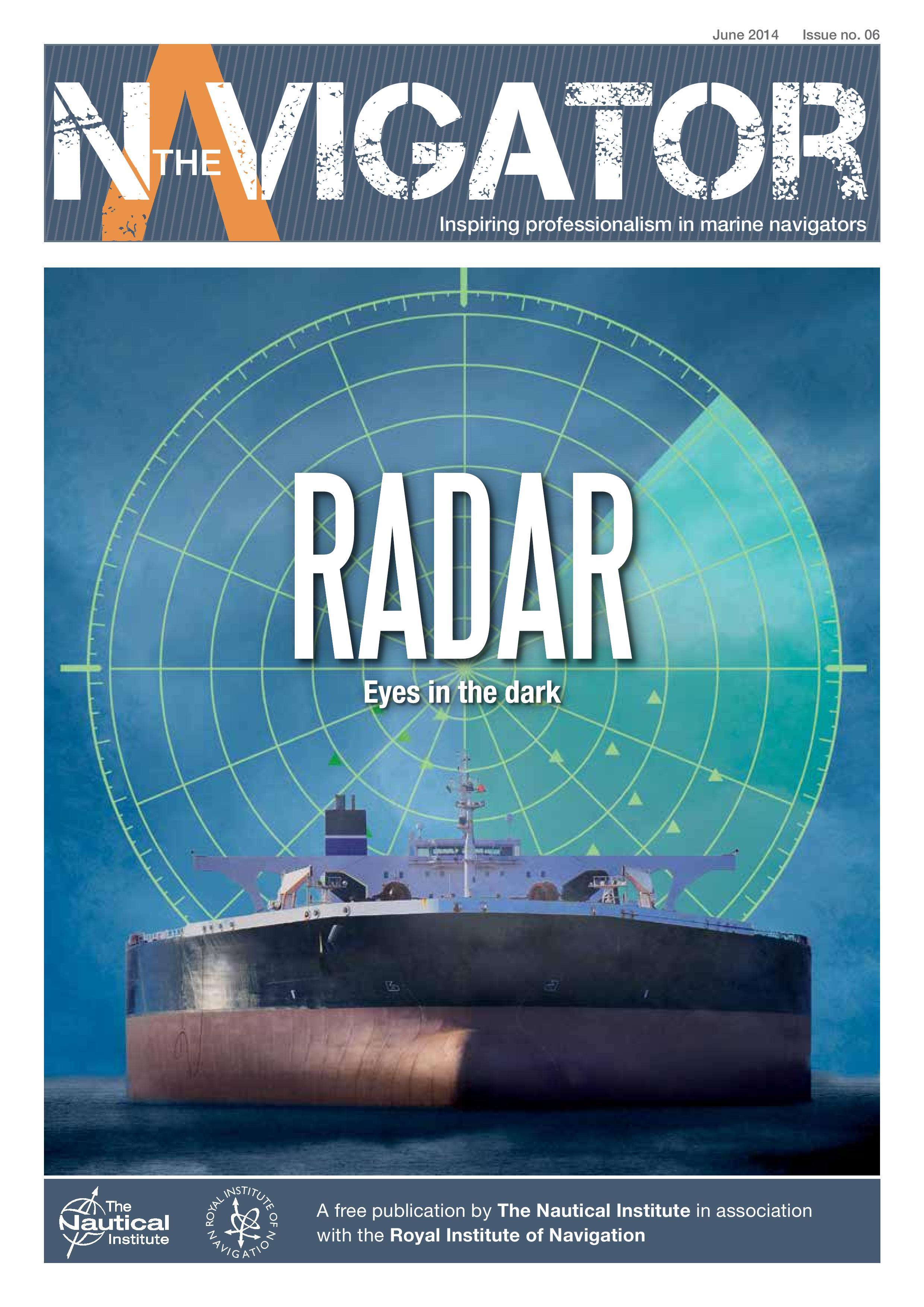Seeing the world by all available means
WAYPOINT - Safer anchoring in a sea of navigational uncertainties
George Shaw from the Royal Institute of Navigation explores ways in which technology can enhance safety during anchoring and emphasises the importance of using ‘all available means’ to cross-check data and enhance situational awareness
The Navigator statementTake 10 #38: Dropping anchor
Ten top tips for safer anchoring, better planning and honing your anchorage skills for the future
The Navigator statementWho's Navigating? Getting started: a deck cadet's first experience on board
Deck cadet Raveen Chandran vividly remembers his first experience on board ship. Here, he recalls the warm welcome and friendship he received, and how the learning process gave him the confidence to pass on his knowledge to others.
The Navigator statementWATCHOUT - Dragging anchor during strong winds leads to collision
In this series, we take a look at maritime accident reports and the lessons that can be learned
The Navigator statementAll at sea - The Navigator Issue 38
We welcome your news, comments and opinions on the topics covered in The Navigator
The Navigator statementTake 10 #37: Visual navigation
Ten useful take-aways for tips for improving visual observation and perception skills at sea
The Navigator statementWAYPOINT - Lighting the way
George Shaw from the Royal Institute of Navigation asks whether the oldest methods of visual navigation still have a place alongside today’s evolving technology
The Navigator statement
